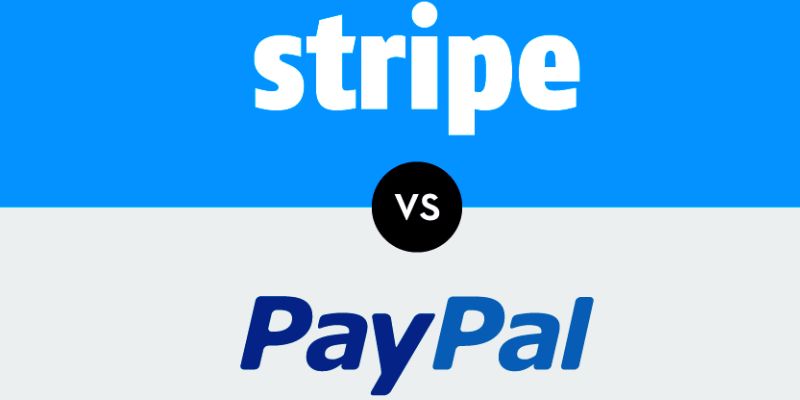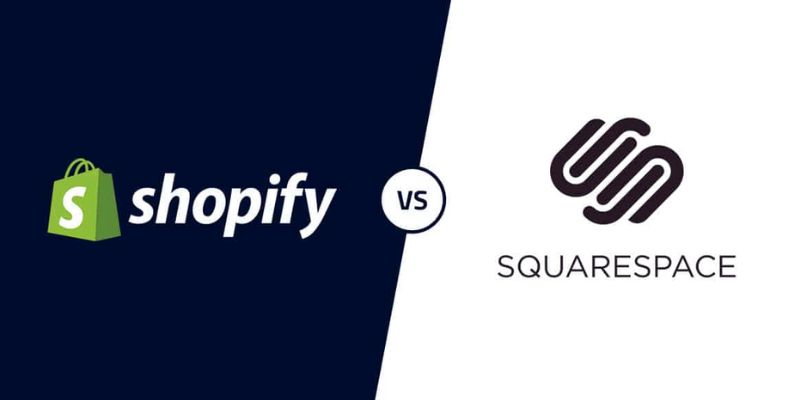Stripe vs. PayPal: Which Payment Processor Is Best for Your Business
Any company depends on selecting the correct payment processor. Stripe and PayPal are two often-used choices. Though they serve different purposes, each has excellent qualities. Tech-savvy companies and developers will find Stripe perfect. It offers a strong means of customization. Conversely, PayPal is easier and more generally known. Customers will find it simple.
When choosing between PayPal and Stripe, weigh customer service, set-up, and fees. While PayPal shines in convenience, Stripe gives more flexibility. Small businesses will find PayPal perfect because of its ease. Companies with more complicated needs would be better suited for Stripe. In this article, we will evaluate both systems. Whether your company is just starting or growing, we will assist you in selecting the one most appropriate for it.

Stripe vs. PayPal: A Detailed Comparison for Your Business
While PayPal gives simplicity and convenience of use, thereby addressing varied business demands, Stripe enables customization and control.
Set-up and Ease of Use
Developers will find Stripe easy. It allows you to create unique payment flows. You will need knowledge of codes. It could call for assistance from a developer. Teams with IT knowledge would find Stripe perfect. It has more influence over the shopping experience. For newbies, PayPal is a lot simpler. You could build it up fast without any code. Just give your website a button. Out-of-the-box platforms like Wix and Shopify enable it. For flexibility, go with Stripe. Choose PayPal for quick and simple configuration.
Fees and Pricing
PayPal and Stripe charge 2.9% plus $0.30 for each U.S. online sale. However, there are extra charges. Stripe charges no monthly or startup costs, but advanced features could be more expensive. Fees also come from chargebacks and currency exchange. PayPal bills extra for overseas transactions. Their rates of exchange might be better than Stripe's.
Additionally costly are refunds and disagreements. For companies with a big volume, Stripe is more reasonably priced. Global payments can make PayPal costly.
Features and Tools
Stripe comes loaded with great tools. It backs mobile in-app payments, regular payments, and subscriptions. Additionally, working with Apple Pay, Google Pay, and more is Stripe. It has tax tools and sophisticated fraud detection. Stripe Connect enables platforms to handle several sellers. Developers can readily customize everything. PayPal also features really powerful instruments. You may build subscriptions, accept payments, and send invoices. Consumers pay with credit cards or PayPal accounts. It covers dispute settlement and buyer protection.

Security and Compliance
PayPal and Stripe are PCI-compliant. They guard consumer data with robust encryption. Stripe never keeps private information on your systems on hand. Its fraud protection employs artificial intelligence and machine learning. For tech-heavy companies, Stripe is perfect. PayPal watches purchases around the clock as well. It locks user data and filters illegal activities. PayPal's dispute center offers consumers more defense. Globally, both are safe and reliable. More developer control and deeper fraud tools are available from Stripe. Choose depending on your security requirements and IT team capacity.
International Payments
Want to sell worldwide? Both systems let foreign transactions take place. Stripe deals in more than 135 currencies. It does automatic currency conversion. It tweaks prices for regional marketplaces. Stripe also enables locally based payment methods. Over 200 countries have PayPal available there. Consumers have no trouble paying in their language. Typically, PayPal's exchange rates are better. International costs are also quickly adding up. For worldwide business, Stripe is more developed. For simple overseas purchases, PayPal is fantastic. For worldwide scaling, choose Stripe. For sporadic international sales, choose PayPal.
Integration with Platforms
Stripe connects with several sites, including Wix, Squarespace, Shopify, and WooCommerce. Its API allows developers to create unique integrations as well. Stripe is designed for adaptability. Customized checkout experiences are something you can design. Most platforms, by default, build PayPal into their systems. Just a few clicks will easily turn it on. It also handles QuickBooks, eBay, and more. One plug-and-play choice is PayPal. Custom configurations and complex needs call for Stripe. If you require adaptability, choose Stripe. Choose PayPal for simple, quick integration.
Customer Support
When problems strike, good assistance is vital. Stripe offers phone, email, and chat support, available 24/7. Its help center is thorough and developer-friendly. Guidelines and code samples abound. PayPal further provides online and phone assistance. Wait times can be lengthier. Some users claim slow handling of conflicts. Problems with frozen accounts could not be cleared right away. The current and quick support of Stripe is slower, and PayPal's support is decent. Choose Stripe if your company depends on quick, consistent help.
Which Is Best: Stripe or PayPal for Your Business?
Your company’s type, size, and technical requirements will determine which Stripe and PayPal best fit you. Though distinct, both are fantastic. Stripe is perfect for tech-savvy teams and engineers. It gives complete control, adaptable features, and sophisticated tools for personalizing. For small enterprises or novices, PayPal is more suited. It works on most systems, is quick to set up, and requires no coding. For subscriptions, in-app payments, and world currencies,
Stripe offers superior support. It's fantastic for multinational companies or expanding local ones. It is globally trusted and provides robust buyer protection at PayPal. Many times, consumers find it easier to pay with it. Economically, Stripe is marginally better for high-volume sales. Global transactions allow PayPal to charge more fees. Choose Stripe if you wish to have complete control and customization. Choose PayPal if you desire simplicity and rapid set-up. Both are dependable, safe, and trustworthy. Select the one that most suits your client's needs and corporate objectives.
Conclusion:
Stripe and PayPal are great options. Every fits various corporate requirements. For tech-oriented configurations, Stripe is perfect. It provides authority and flexibility. For quick, straightforward problems, PayPal is best. It's easily set up and generally reliable. For enhanced capabilities and expansion, use Stripe. Pick PayPal for simplicity and convenience. Start with your company's aims. Think of your team's technical abilities as well. World sales? Stripe features more advanced financial functions. New business? PayPal began faster than others. Both provide great security and assistance. Choose the one that maintains client satisfaction and ensures seamless operation of your company.
Related Articles

Tools That Power Audio Editing and Podcasting Workflows

How to Automatically Respond to Google Business Profile Reviews: A Guide

What is Google Sites And How to Use It Effectively: A Beginner's Guide

Ahrefs, SEMrush, and More: Essential SEO Tools for Success

Microsoft Planner vs. Trello: Choosing the Best Kanban App for Productivity

Wix vs. Squarespace: A Comprehensive Comparison to Find the Best Website Builder

Shopify vs. Squarespace: Which Is Best for E-Commerce Success

Zoho vs. Salesforce: A Detailed Comparison to Choose the Best CRM

Tools That Power Email Campaigns: Mailchimp, HubSpot, and Beyond

Wave vs. QuickBooks: Which Accounting Software Should You Choose

Deciding Between Zendesk and Salesforce: A Comprehensive CRM Guide

 knacksnews
knacksnews